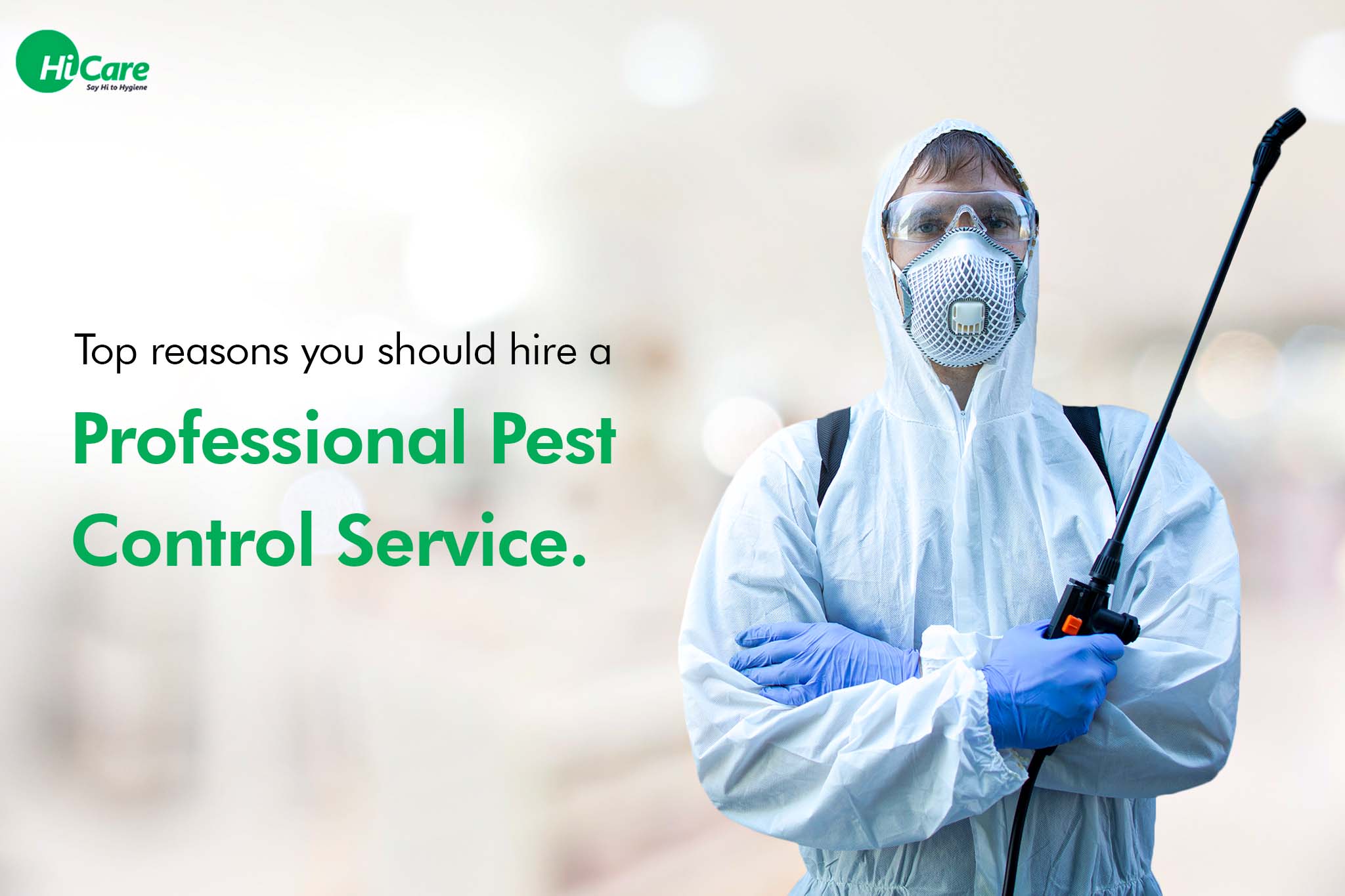A1 Bed Bug Exterminator Charlotte - Efficient and Affordable Services
A1 Bed Bug Exterminator Charlotte - Efficient and Affordable Services
Blog Article
Bed Insect Therapy Malfunction: Contrasting Chemical Vs. Non-Chemical Solutions
In the world of pest control, especially when handling the consistent issue of bed insects, the selection between chemical and non-chemical therapy services can be a pivotal one. Both techniques offer unique benefits and downsides, influencing variables such as efficiency, security factors to consider, and total price. By checking out the nuanced information of each approach, a clearer understanding of which path to go after in addressing a bed pest infestation can be attained.
Efficiency of Chemical Treatments
Chemical therapies for bed pest invasions have actually been commonly identified for their potent and quick efficacy in eliminating these insects. When taking into consideration the performance of chemical therapies, it is crucial to comprehend that they can provide a comprehensive and fast service to a bed pest issue. Specialist pest control experts frequently count on insecticides to target bed bugs at numerous phases of their life process, including grownups, eggs, and fairies. These chemicals normally function by disrupting the bed insects' nerves, causing paralysis and ultimate death.
Moreover, chemical therapies have the advantage of supplying residual effects, suggesting that they can continue to get rid of bed bugs even after the preliminary application. This recurring activity is specifically advantageous in combating any kind of possible re-infestations. Furthermore, the fast action of chemical treatments can bring relief to people dealing with severe bed bug infestations, permitting them to reclaim control of their living rooms rapidly.
Security Worry About Chemical Solutions
One essential aspect that calls for cautious factor to consider when making use of chemical options for bed bug therapy is guaranteeing the safety of passengers and the environment. Direct exposure to specific chemicals used in bed pest treatments can lead to breathing issues, skin irritation, or other negative reactions, particularly in individuals with pre-existing conditions or sensitivities.
In addition, the ecological impact of chemical services is another substantial consideration. Some chemicals utilized in bed pest treatments may be hazardous to beneficial pests, wildlife, and environments if they leach right into the soil or water supply. It is vital to make use of chemical therapies judiciously, adhering to safety guidelines, and taking into consideration much less hazardous options to minimize these dangers and make certain the safe and effective monitoring of bed pest problems.
Advantages of Non-Chemical Methods
Thinking about the possible security worries and environmental impact linked with chemical remedies for bed pest therapy, checking out non-chemical methods presents a promising alternative with several unique advantages. Non-chemical therapies are eco pleasant, as they do not add to air or water air pollution, making them a lasting choice for pest control.
Additionally, non-chemical solutions can be see here now effective in targeting bed insects, including hard-to-reach areas where chemical therapies might not pass through. Methods such as heat therapy, vacuuming, vapor cleaning, and mattress encasements provide detailed removal without the use of hazardous chemicals. Moreover, non-chemical strategies can be much less disruptive, needing very little preparation and enabling quicker reentry into dealt with areas. On the whole, deciding for non-chemical bed bug therapy methods not just prioritizes security and ecological protection however additionally makes sure thorough and effective pest control.
Limitations of Non-Chemical Treatments

Additionally, non-chemical therapies frequently need multiple applications to accomplish effective obliteration. This can be taxing and might not always guarantee total removal of all bed try this insects and their eggs, especially in hard-to-reach or covert locations.
In addition, the success of non-chemical therapies heavily depends on correct implementation and thoroughness, which can be challenging for individuals without specialist expertise. Inadequate application of non-chemical techniques might cause insufficient removal, bring about relentless infestations and the requirement for added treatments.
As a result, while non-chemical therapies have their advantages, it is important to acknowledge these constraints and consider them when figuring out the most effective method for handling bed insect infestations.
Cost Comparison: Chemical Vs. Non-Chemical Options
Provided the restrictions connected with non-chemical treatments, an important element to assess in the context of bed pest administration is the cost comparison in between chemical and non-chemical alternatives. Chemical therapies generally involve the application of insecticides by specialists, which can range from $250 to $900 per space, depending upon the intensity of the invasion and the dimension of the location to be dealt with. In contrast, non-chemical treatments like warmth treatment or vapor can be a lot more expensive, with costs ranging from $1,000 to $6,000 for an entire termite inspection companies home. While the initial cost of chemical therapies may appear lower, multiple therapies may be required to fully remove the infestation, potentially enhancing the general expense. On the various other hand, non-chemical choices might provide a more environment-friendly and lasting remedy, although they can be cost-prohibitive for some individuals. Inevitably, when thinking about the expense of bed pest therapy options, it is very important to weigh the ahead of time costs versus the performance and long-lasting sustainability of the chosen approach.
Verdict

Thinking about the potential security concerns and ecological impact associated with chemical solutions for bed bug therapy, discovering non-chemical approaches provides a promising option with numerous distinctive advantages.Provided the limitations connected with non-chemical treatments, an essential element to review in the context of bed bug administration is the expense contrast in between chemical and non-chemical options. In contrast, non-chemical treatments like warm therapy or vapor can be more costly, with expenses varying from $1,000 to $6,000 for an entire home. While the preliminary expense of chemical therapies might seem lower, numerous treatments might be needed to fully remove the infestation, possibly enhancing the total expense.In final thought, when comparing chemical and non-chemical bed insect treatment choices, it is important to take into consideration efficiency, safety, benefits, restrictions, and price.
Report this page